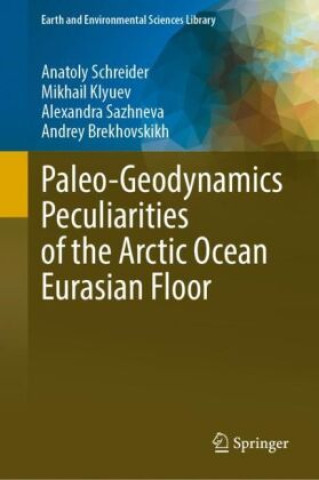
Kód: 44743716
Paleo-Geodynamics Peculiarities of the Arctic Ocean Eurasian Floor
Autor Anatoly Schreider, Mikhail Klyuev, Alexandra Sazhneva, Andrey Brekhovskikh
The book deals with some issues of paleo-geodynamics of the Eurasian floor of the Arctic Ocean.A comprehensive geological and geophysical analysis of information on the anomalous magnetic field in the Eurasian Basin was carried ou ... celý popis
- Jazyk:
 Angličtina
Angličtina - Väzba: Pevná
- ISBN-13: 9783031547973
Nakladateľ: Springer, Berlin, 2024
- Viac informácií o knihe

198.49 €

Skladom u dodávateľa v malom množstve
Odosielame za 12 - 15 dní
Potrebujete viac kusov?Ak máte záujem o viac kusov, preverte, prosím, najprv dostupnosť titulu na našej zákazníckej podpore.
Pridať medzi želanie
Mohlo by sa vám tiež páčiť
Darujte túto knihu ešte dnes
- Objednajte knihu a vyberte Zaslať ako darček.
- Obratom obdržíte darovací poukaz na knihu, ktorý môžete ihneď odovzdať obdarovanému.
- Knihu zašleme na adresu obdarovaného, o nič sa nestaráte.
Viac informácií o knihe Paleo-Geodynamics Peculiarities of the Arctic Ocean Eurasian Floor
Nákupom získate 499 bodov
 Anotácia knihy
Anotácia knihy
The book deals with some issues of paleo-geodynamics of the Eurasian floor of the Arctic Ocean.A comprehensive geological and geophysical analysis of information on the anomalous magnetic field in the Eurasian Basin was carried out using modeling of the inversion magnetically active layer of the oceanic crust. As a result of this analysis, the identification and spatial position of linear paleo-magnetic anomalies were refined, which made it possible to significantly update the geochronology of the bottom of the Eurasian Basin and identify a number of stages in its evolution.On this basis, the features and stages of the kinematics of the development of the bottom of the Eurasian Basin in the past were revealed.At the first Cretaceous-Paleogene stage, prior to the formation of the A26 paleo-anomaly on the Eurasian margin, extension processes developed significantly and turned into rifting. In the process of rifting, weakened zones and related fractures were formed, along which the Siberian continental margin began to be torn off about 60 Ma ago with the formation of the Lomonosov Ridge.At the second stage of evolution, rifting turned into spreading, and the growth rate of the new oceanic crust in the A26-A24 paleo-anomaly interval (59-53 Ma ago) was more than 2.5 cm/yr. At the same time, the northern flank of the Mid-Arctic Ridge grew more intensively than the southern one.The third stage was characterized by a further progressive slowdown in the process of bottom spreading, the minimum of which, with spreading rates of about 1 cm/year, fell on the formation of paleo-anomalies A13-A6 (30-20 million years ago).The fourth stage of growth of the new oceanic crust began later than the time of the A6 paleo-anomaly and is characterized by some intensification of growth at rates up to 1.2 cm/yr. The average rate of bottom growth over an interval of almost 60 Ma turned out to be close to 1.3 cm/yr, which makes it possible to classify the Mid-Arctic Ridge as a slow-growing one.On this basis, kinematic models of the development of bottom configurations were developed with the determination of the Euler poles, rotation angles, asymmetries, axes of spallation and paleo-bathymetry for the Eurasian Basin, the Polar part of the Lomonosov Ridge, the splitting of the Arlis Spura from the Lomonosov Ridge, the development of the Gakkel Ridge and the development of the Greenland region of the bottom.
 Parametre knihy
Parametre knihy
Zaradenie knihy Knihy po anglicky Earth sciences, geography, environment, planning Earth sciences Hydrology & the hydrosphere
198.49 €
- Celý názov: Paleo-Geodynamics Peculiarities of the Arctic Ocean Eurasian Floor
- Autor: Anatoly Schreider, Mikhail Klyuev, Alexandra Sazhneva, Andrey Brekhovskikh
- Jazyk:
 Angličtina
Angličtina - Väzba: Pevná
- EAN: 9783031547973
- ID: 44743716
- Nakladateľ: Springer, Berlin
- Rozmery: 235 × 155 mm
- Dátum vydania: 30. April 2024
Obľúbené z iného súdka
-

Oceanology
46.35 € -7 % -

Oceans of Kansas, Second Edition
50.07 € -

Ocean Animals Sticker Activity Book
6.12 € -29 % -

Attacking Ocean
28.05 € -

Hydrological Drought
214.78 € -

Lakes: A Very Short Introduction
11.96 € -14 % -

Under the Sea-Wind
15.27 € -15 % -

Rainfall-Runoff Modelling - The Primer 2e
110.20 € -
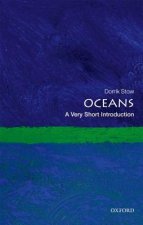
Oceans: A Very Short Introduction
11.96 € -14 % -

World Is Blue
16.98 € -1 % -

Middle Sea
16.28 € -23 % -

Water Wizard
27.94 € -23 % -

Log from the Sea of Cortez
18.39 € -23 % -
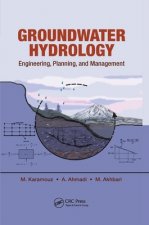
Groundwater Hydrology
99.34 € -

Our Changing Planet
57.11 € -15 % -

Industrial Wastewater Treatment
210.76 € -

Oceans
32.17 € -

Alien Ocean
42.63 € -
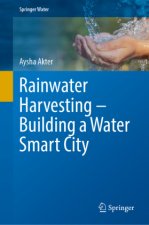
Rainwater Harvesting-Building a Water Smart City
198.49 € -

Ocean Worlds
14.17 € -23 % -

Essentials of Oceanography
121.36 € -

Atlantic
16.28 € -23 % -
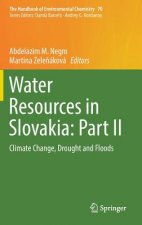
Water Resources in Slovakia: Part II
370.44 € -

Atchafalaya River Basin
41.12 € -

Principles of Snow Hydrology
72.29 € -

Water
21.61 € -6 % -

Applied Hydrogeology
98.43 € -

Advanced Dam Engineering for Design, Construction, and Rehabilitation
272.20 € -
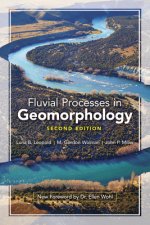
Fluvial Processes in Geomorphology: Seco
35.39 € -
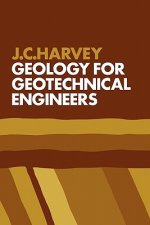
Geology for Geotechnical Engineers
54.39 € -
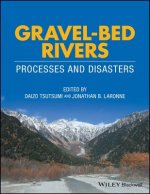
Gravel-Bed Rivers - Processes and Disasters
256.21 € -

Water Treatment for Purification from Cyanobacteria and Cyanotoxins
204.22 € -

Tracers in Hydrology
127.70 € -

Tsunamis
11.15 € -13 % -

Ocean Surface Waves: Their Physics And Prediction (2nd Edition)
113.32 € -

Mapping the Deep
31.16 € -

Rivers: A Very Short Introduction
11.15 € -13 % -

Encyclopedia of Water
1445.08 € -

Introduction to Physical Oceanography
149.42 € -

Sea is Not Made of Water
18.89 € -14 % -
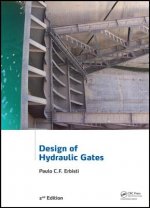
Design of Hydraulic Gates
380.80 € -

Book of Tides
30.36 € -13 % -

Sea Ice Biota
281.95 € -

Advanced Treatment Technologies for Fluoride Removal in Water
198.49 € -

Essentials of Oceanography
208.34 € -
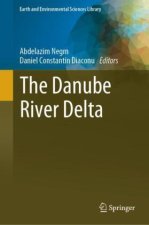
The Danube River Delta
137.05 € -

Offshore Structures
124.78 € -
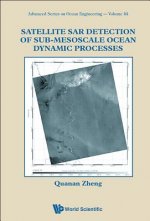
Satellite Sar Detection Of Sub-mesoscale Ocean Dynamic Processes
176.67 € -

Limnology and Freshwater Ecology
157.36 €
Osobný odber Bratislava a 2642 dalších
Copyright ©2008-24 najlacnejsie-knihy.sk Všetky práva vyhradenéSúkromieCookies




 21 miliónov titulov
21 miliónov titulov Vrátenie do mesiaca
Vrátenie do mesiaca 02/210 210 99 (8-15.30h)
02/210 210 99 (8-15.30h)